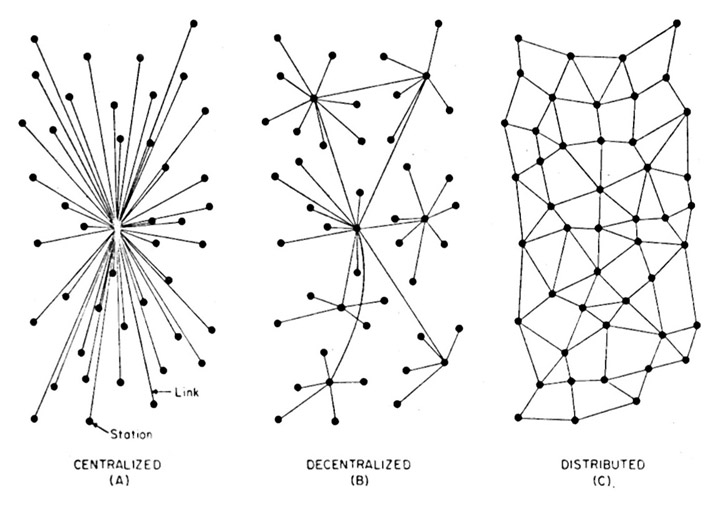From centralized to distributed
|
Historically, energy production has been based on a centralized model, here large power plants produce hundreds of megawatts in a single location. New energy technologies – such as photovoltaic, solar thermal, geo-thermal and wind micro-turbines – bring the promise of a decentralized model, with power produced at or near the point of consumption, with many advantages over the standard centralized model, in terms of both thermal gains and reduced line losses. Interestingly, there is also a much lower pollution, noise, and visual impact associated to these technologies, allowing for the plants to be near on in the city. Students will be asked to investigate the notion of distributed generation, also called on-site generation or community-owned power, and a number of related social, economic and environmental repercussions. As increasing age, deterioration, and capacity constrains of older central plants will make distributed generation and waste management the default model over the next 20 years, architects will help driving the new revolution. Here is a nice article on ‘Resilience and Decentralization‘… |
